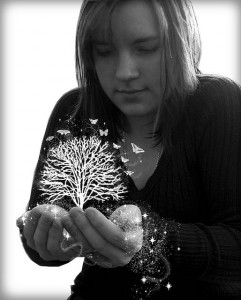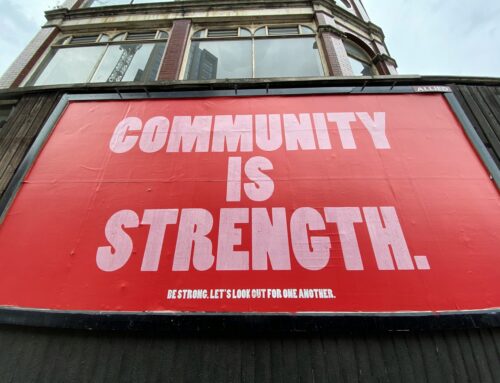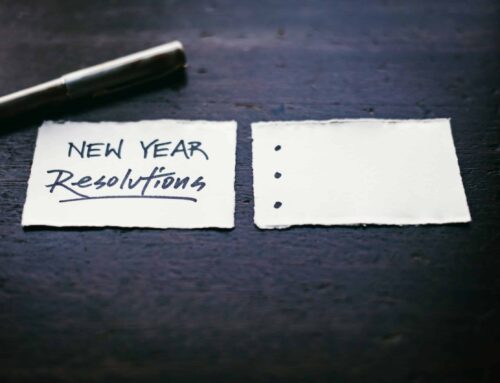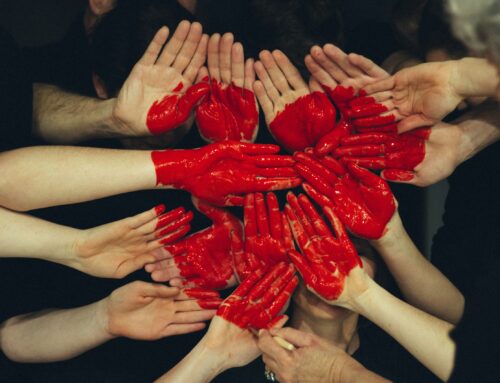Have you heard the teaching tale of the of the two frogs who fell in the butter churn? One gave up, seeing no reason to fight, sank to the bottom and drowned. The other kicked and swam with all its might despite any obvious reasons to do so and the kicking motions turned the cream to butter, creating a solid mass that it could use to jump out! The second frog took action and expended energy, despite a situation that seemed to have little hope.
Joanna Macy in her book Active Hope describes two types of hope. The first type is an optimistic feeling of something that is likely to happen, we feel hopeful because there are external signs that what we wish for is coming to fruition. The second type of hope is about what we desire or wish for even when there are little or no signs that it is possible. “Active Hope is a practice. Like tai chi or gardening, it is something we do rather than have. It is a process we can apply to any situation, and it involves three key steps. First, we take a clear view of reality; second, we identify what we hope for in terms of the direction we’d like things to move in or the values we’d like to see expressed; and third, we take steps to move ourselves or our situation in that direction.”
In my life and career coaching with clients, we use the process of active hope as a powerful tool. It isn’t a pollyanna-like approach to reality. We acknowledge the real truth of the challenges we are facing, feel deeply the emotions that are experienced and move into intentional action to create change. Like that second frog who was beating his legs in an effort to stay alive, despite all signs that death was imminent, active hope gives us the energy to move forward even when we feel very stuck.
What one action can you take today that moves you towards your own feelings of hope? Here’s a tender video from the devastation of Hurricane Harvey that speaks to me of staying connected to hope in the human spirit even in the toughest of situations.





